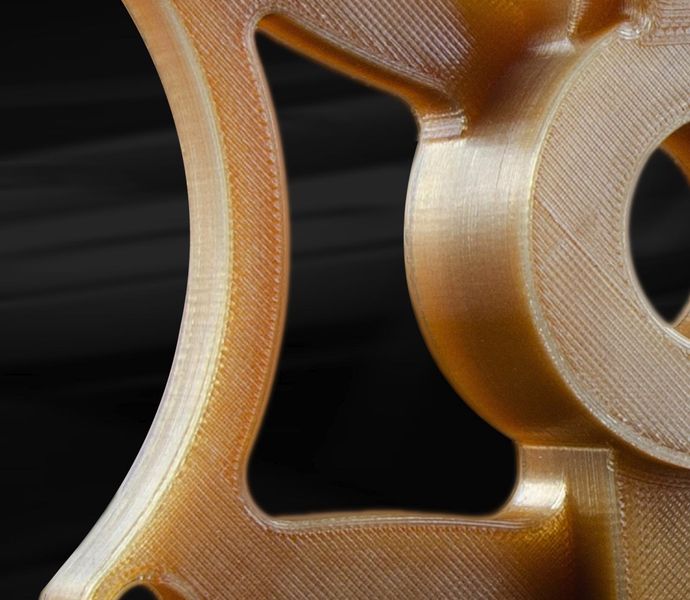
I spoke with Olli Pihlajamäki of miniFactory to find out how they work with additive manufacturing clients.
MiniFactory is one of the original 3D printer makers, having produced equipment since 2012. Their first devices were quite simple compared to today, as they sported single extruders in an open-air format. Today things are quite a bit different for the Finnish company.
Their flagship 3D printer these days is the Ultra, a highly capable industrial device capable of printing in high-temperature materials such as PEEK and ULTEM.
But it turns out the job is far more than simply making a high-temperature 3D printer.
Pihlajamäki explained:
“The key thing for us has been to identify suitable applications to use 3D printing and then develop the technology to match on that demand. In the end we want to be a reliable partner who can offer ready-made solutions that customers can implement for their applications. We want to be a solution provider. We want to be next to the customer to identify their needs.
Then, based on our expertise we can start finding solutions together and explain how to best use 3D printing is this specific application. I think that cooperation is the key to really start utilizing additive manufacturing in different industries and applications. There is still a lot to learn, starting from how to design 3D printed parts, and ending the question of what to print and what not to print.”
These days it is no longer sufficient to simply dump a 3D printer on a client. Today’s industrial 3D printers are complex devices with many capabilities, sophisticated materials and varying print parameters. These must all be somehow balanced with the needs of the customer to achieve their application goals, and often clients are simply unable to achieve that balance on their own.
That’s why miniFactory spends so much time with their clients, with a goal of helping them figure out “how to really implement this technology”.
They spend time with clients trying to identify opportunities where additive approaches can be successfully used. But it’s more than just identification: after that stage, miniFactory works with the client to iteratively solve the problem and ultimately achieve a reliable and “ready-made” solution.
The clients can then simply execute the process to consistently produce the parts with confidence that the results will meet their engineering standards. In fact, miniFactory also uses a part certification tool to assist in this aspect. Their Aarni system is able to automatically generate technical analysis of each 3D printed part.
That’s critical information for anyone using their equipment for production purposes.
Pihlajamäki explained that their partnership approach allowed the clients to notably reduce “exploration time” that all-too-often absorbs resources when a 3D print project commences without sufficient expertise at hand.
Pihlajamäki says they have identified “many interesting applications” so far in their journeys with clients.
One of the most important steps in the process is to identify the most appropriate material for a given part. This requires “matching” the job with the right materials suppliers, and as such miniFactory collaborates with different chemical companies.
Pihlajamäki says:
“It’s a lot more than just making a 3D printer. It’s more like making a house: we’ve all seen the base of the house, but now we are making the top part.”
MiniFactory’s clients may be familiar with a specific material, but have never used it in an additive manufacturing scenario. This is where miniFactory’s expertise can assist, as the properties of 3D printed parts are different than when the material is used in other making processes.
Pihlajamäki says:
“Some environments are really harsh and demanding, and the engineering requirements are really high.”
They embark on a journey with their clients and help them do internal research with miniFactory’s support. MiniFactory can tell them what’s possible and what’s challenging, and even assist in designing parts.
In the end, Pihlajamäki says miniFactory wants to be a “solution provider” and not just a “hardware maker”, because there are so many challenges in making true, end-use parts.
Via miniFactory
